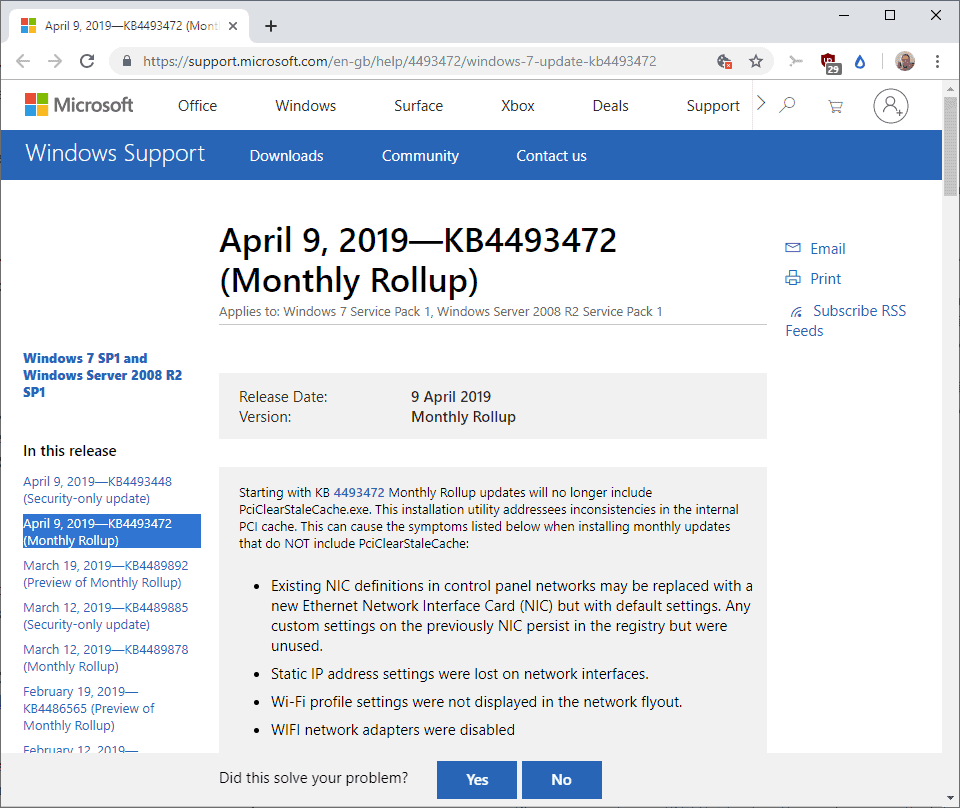

- #Smartsvn windows 7 update issue upgrade#
- #Smartsvn windows 7 update issue software#
- #Smartsvn windows 7 update issue download#
I ran env - svn commit -m "dumb change" 1234 as well, but still nothing. Now from here I should see a CommitMessage file and with the text "start pre commit test" in it right? Somehow I don't see it anywhere. In the checked out repo I committed the changes using: svn commit -m "dumb change"
#Smartsvn windows 7 update issue software#
1,746,000 recognized programs - 5,228,000 known versions - Software News.
#Smartsvn windows 7 update issue download#
Modified the hooks/pre-commit.tmpl file and now it looks like:Įcho "start pre commit test" > *my checked out repo dir*/CommitMessageĪdd execute permit to all users and copy the pre-commit.tmpl to pre-commit Free smartsvn win download software at UpdateStar. I created an empty file in the checked out repo and added a line of text.

Since the checked out repo doesn't have any content, I created a new svn repo locally and copied over everything including the /hooks folder to my checked out repo. In the following are the steps I tried to approach:Ĭhecked out from a remote server: remote server

The old compter is a Lenovo T61, the new a Lenovo T400. The difference between the two computers does seem to show up with ArgoUML, but I havent used it enough to know that for sure.
#Smartsvn windows 7 update issue upgrade#
I can only assume a SSL cache exists in Windows, Outlook, or in it's IE dependency. The problem does not occur with at least some other Java apps (eg., Eclipse, SmartSVN) suggesting (but of course not proving) that the problem is not with the JRE. The problem Im talking about today is trying to upgrade your Windows 7 installation to SP1 by applying Microsofts update KB976932, called Windows 7. (I don't want to repeat this process for the remaining 20+ profiles) It seems that in doing this several deployed instances of Outlook hung, and despite my 15 years of working with Outlook in a support capacity, I couldn't salvage the profile and had to recreate it. Once reports came in of an issue, I reverted the change. Only the thumbprint and one SAN name changed. In doing this I changed the certificate to an "older" one that had the same subject name, expiration and everything else. Today I changed the SSL certificate that 3,000+ Outlook clients are using.


 0 kommentar(er)
0 kommentar(er)
